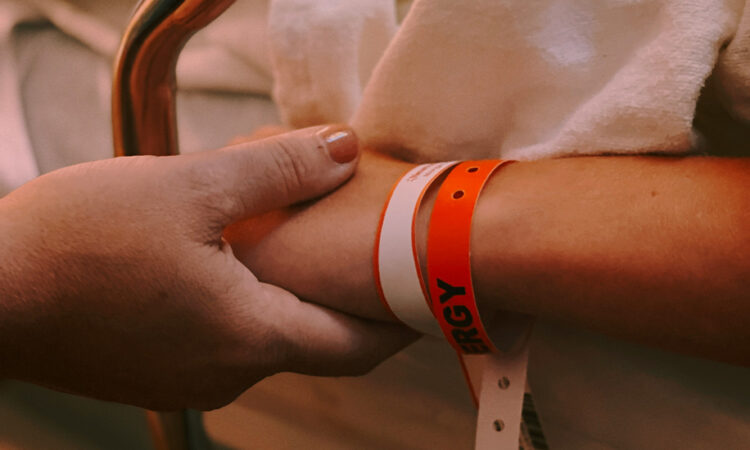
Plastic surgery plays a pivotal role in gender reassignment. Known as ayewah aesthetics, this medical discipline shines a beacon of hope for those seeking a transformation. It’s not about mere bodily changes. It’s a journey toward authentic self-realization. This blog will explore the profound impact of plastic surgery in gender reassignment. We will dive into the extent of its transformational role, from physical alteration to the deep psychological shifts it can ignite. Get ready to uncover the raw, unscripted truth behind Ayewah aesthetics.
The Physical Transformation
Plastic surgery provides tangible changes. It molds the body to align with a person’s inner sense of their gender. Nose reshaping, facial contouring, and chest reconstruction are some examples. They allow a person to see their true self in the mirror. They can trigger a profound sense of relief and affirmation.
The Psychological Shift
But the transformation runs deeper than the physical. It delves into the realm of the psychological. Plastic surgery can contribute to improved mental health. Issues such as anxiety and depression can lessen. Self-esteem can increase. It’s a path to self-discovery and recognition.

Data Table: The Impact of Plastic Surgery
| Aspect | Before Surgery | After Surgery |
| Self-esteem | Low | High |
| Anxiety levels | High | Lowered |
| Depression rates | High | Decreased |
Conclusion
The role of plastic surgery in gender reassignment is transformative in every sense. It casts Ayewah aesthetics in a new light. It’s not about vanity. It’s about aligning the outer self with the inner self. It’s about personal authenticity and self-acceptance. It allows individuals to live their truth and isn’t that what life’s all about?




